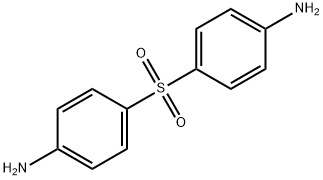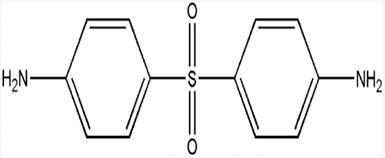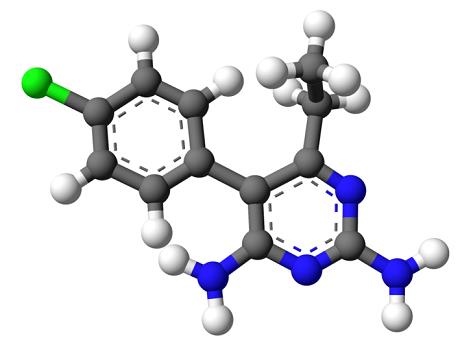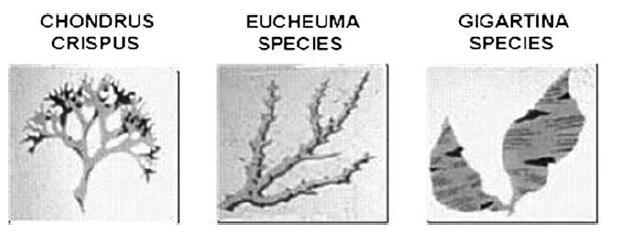Side effects of Dapsone
Dapsone (4,4'-diaminodiphenylsulfone) is a sulfone that was the first effective antimicrobial for the treatment of leprosy. It has since been found useful in the treatment and prevention of malaria, Pneumocystis jirovecii, and Toxoplasma gondii infection. Its immunomodulatory effects have been found beneficial in a number of noninfective dermatologic and other inflammatory disorders.

Mechanism of action
Dapsone is a sulfone, a folic acid antagonist that, like the sulfonamides, inhibits folic acid synthesis. It acts as a competitive inhibitor of dihydropteroate synthase, preventing the normal utilization of para-amino benzoic acid. It was initially used as a number of dapsone prodrugs such as acedapsone; however, they soon fell out of use as experience with dapsone evolved. It is currently available as an oral and topical formulation, and has been available as a parenteral formulation in the past.
Dapsone is a class 1 antifolate that acts on the folic acid synthesis pathway by inhibiting the enzyme DHPS. This enzyme catalyzes paraamino benzoate to form dihydropteroic acid, which in turn is transformed into dihydrofolic acid, which is the substrate for DHFR, the enzyme blocked by pyrimethamine and other DHFR inhibitors. The inhibition of folate synthesis by inhibitors of these two enzymes leads to decreased levels of fully reduced tetrahydrofolate, an essential cofactor in purine and pyrimidine synthesis. This in turn leads to the cessation of DNA synthesis in the organism.
The DHPS enzyme is structurally different when the bacterial and protozoan forms are compared, explaining the differential effects seen between species. This folate synthesis pathway does not exist in mammalian cells, hence its attractiveness as a target for the selection of novel antimicrobial agents. Dapsone competes with para-amino benzoic acid for binding with DHPS. Mammalian cells are able to use exogenous folate; however, bacteria are incapable of this, and the effects of these drugs that inhibit these bacterial or parasitic enzymes cannot, in general, be reversed by the administration of folic or folinic acid. Some strains of P. falciparum are, on the other hand, able to use exogenous folate, the so-called''folate effect''. This effect is blocked by pyrimethamine, the underlying mechanism is, as yet, not elucidated. Dapsone has an anti-inflammatory effect, but the actual mode by which this occurs is still poorly understood.
Side effects
Numerous miscellaneous adverse effects associated with dapsone’s use have been reported. They are generally rare and regarded as idiosyncratic in nature. Neurotoxicity ranging from minor complaints through to peripheral neuropathy and acute psychosis have been reported. Rarely, nephrotoxicity may occur with isolated reports of papillary necrosis and nephrotic syndrome. Acute renal failure is a well-known sequel of severe acute intravascular hemolysis, and therefore may be precipitated by dapsone use. Isolated cases of hypersensitivity pneumonitis have been reported and are regarded as rare idiosyncratic reactions. Pancreatitis may also rarely occur.
);You may like
Related articles And Qustion
Lastest Price from 4,4'-Diaminodiphenylsulfone manufacturers
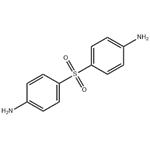
US $100.00-1.00/KG2024-03-25
- CAS:
- 80-08-0
- Min. Order:
- 1KG
- Purity:
- 99%
- Supply Ability:
- g-kg-tons, free sample is available
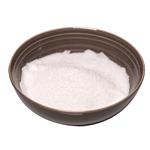
US $0.00-0.00/kg2023-12-11
- CAS:
- 80-08-0
- Min. Order:
- 1kg
- Purity:
- 99
- Supply Ability:
- 20 tons
